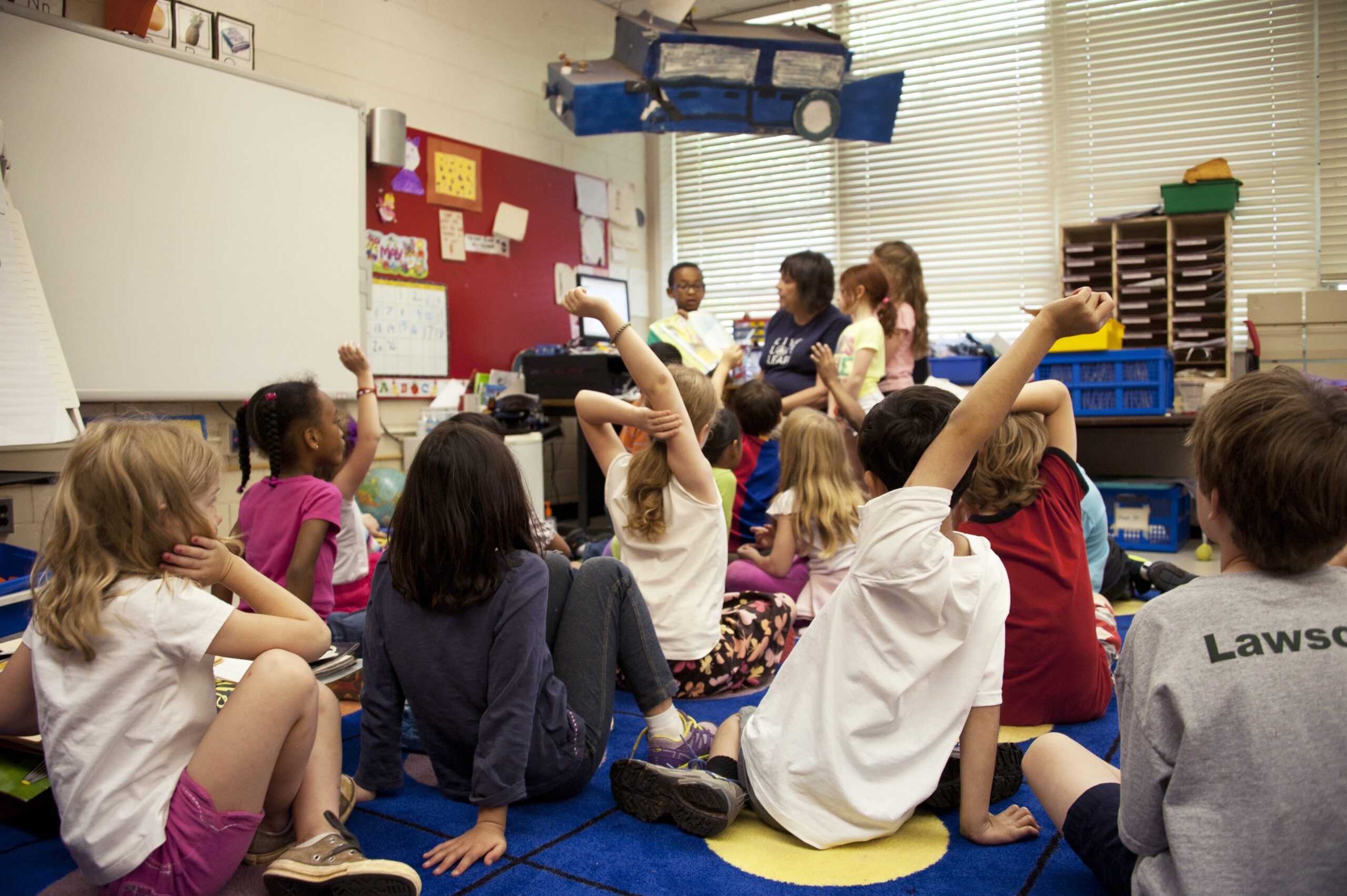
Charting the Future of Charter Schools
The numbers speak for themselves: attendance at Nevada’s charter schools is up sharply in recent years, while enrollment at traditional public schools is down.
Total students in charter schools in Clark County School District and Washoe County School District for the 2022-23 school year increased by 7.6 percent, to more than 58,500. That occurred as overall enrollment in public schools fell by 1.8 percent in CCSD and 2.3 percent in WCSD, according to the Nevada Department of Education.
Statewide, enrollment in the Nevada charter schools has doubled since 2016, from just over 30,000 to nearly 60,000.
Charter schools are defined by the state department of education as “public schools funded by the state but set up by a committee with the desire to provide an educational situation that better meets the needs of some students.”
In Nevada, public charter schools can be sponsored by traditional public school districts or the Nevada State Public Charter School Authority. Today there are more than 90 charter schools serving the Silver State. Many fall under the auspices of the state charter school authority, which ensures schools comply with laws and academic goals.
Charter schools are public schools because they receive state and federal funding. However, unlike traditional public schools they can be privately managed. The state’s first charter school opened in Reno in 1998 to serve students in danger of not graduating high school.
Last year, eight new charter schools with total enrollment of more than 2,000 opened in the state.
In head-to-head comparisons with other states, Nevada’s charter school laws rank favorably, placing ninth out of 45 states and the District of Columbia (There are five states that don’t have charter schools).
Overall, Nevada’s public schools, which includes traditional public schools and charter schools, scored near the bottom in several areas, including educational attainment (49th out of 50), school quality (42nd) and best school systems (46th), according to a recent study.
Not everyone is a fan of Nevada charter schools.
The Nevada State Education Association, one of Nevada’s teachers’ unions, has alleged that charter school laws permit weak regulations and poor oversight, and can face poor performance and financial mismanagement.
The NSEA states that charter schools drain funding from traditional public schools, do not always meet the needs of students (particularly those with disabilities or who are from disadvantaged communities), can close within a short time span and are largely not held accountable.
But there’s a motive behind the opposition of teachers’ unions to charter schools.
“Teachers’ unions often fight charter schools by claiming that they are less accountable to students and families because many operate under less burdensome regulations than do traditional public schools. The real reason for their opposition, of course, is that charter school teachers are not unionized,” according to a 2016 article in Forbes magazine.
“The reality is that charter schools are much more accountable to young people and their parents than are traditional public schools,” the publication added. “If parents do not like their children’s charter schools, they can send their kids elsewhere. This threat of exit gives charter schools an incentive to raise the quality of the education they offer in order to retain students.”
For parents interested in enrolling their children in a charter school, here’s what they need to know. Because charter schools are public, tuition is free. Furthermore, all students are eligible to attend and do not need to meet certain requirements. To find the nearest Nevada State Public Charter School Authority institution near you, click here. The state charter school authority oversees most, but not all, charter schools in the state.
As school choice comes to the forefront of public policy, parents have options to conventional public schooling. These include charter schools, which provide parents with the freedom and flexibility to choose the right school for their children.